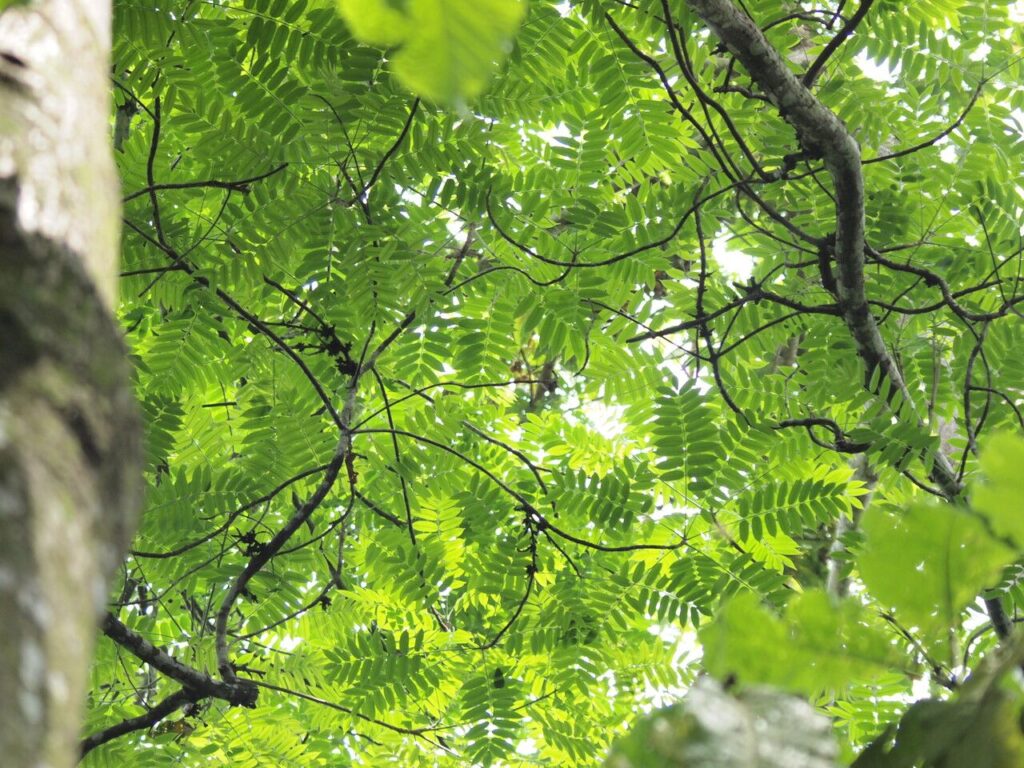Propagating Antrocaryon nannanii: A Gardener’s Guide to a Challenging but Rewarding Endeavor
Introduction
Antrocaryon nannanii, commonly known as the Nanami or African Walnut, is a fascinating and increasingly popular tropical tree prized for its distinctive, large leaves, and potentially valuable nuts. Its relatively slow growth and unique characteristics make it a highly desirable addition to specialized collections and botanical gardens. However, propagating Antrocaryon nannanii presents significant challenges, making successful cultivation a rewarding experience for dedicated gardeners. Understanding the various propagation methods and their associated difficulties is crucial for success.
Seed Germination
Currently, there are no known reliable methods for seed germination propagation of Antrocaryon nannanii. While seeds may be produced, germination rates are reportedly extremely low, and successful seedling establishment is rarely documented. Further research is needed to identify optimal germination conditions, potentially involving pre-treatment techniques or sophisticated germination environments.
Cuttings
Propagating Antrocaryon nannanii from cuttings presents considerable challenges. The success rate is generally low due to the plant’s tendency towards difficult rooting.
-
Challenges: Hardwood cuttings are unlikely to succeed, and softwood cuttings require rigorous sterile conditions to prevent fungal infections. The large leaves may also contribute to water loss during propagation, hindering rooting success.
-
Tips: The use of a rooting hormone with a high auxin concentration, coupled with a humidity dome or propagation chamber providing high humidity and bottom heat, may marginally improve the chances of success. Employing a well-draining substrate, such as perlite and peat moss mix, is essential to prevent root rot.
- Rewards: Successful propagation from cuttings offers a relatively faster method of multiplying a desirable cultivar, preserving specific traits accurately.
Division
Division is not a feasible propagation method for Antrocaryon nannanii as it’s a single-trunked tree. This method is primarily used for plants with multiple stems or rhizomes originating from a single root system.
Tissue Culture
Tissue culture offers the most promising approach to propagating Antrocaryon nannanii, though it demands specialized equipment and expertise.
-
Challenges: Establishing sterile cultures, identifying the optimal growth media and hormone combinations, and preventing contamination are major hurdles. The plant’s specific tissue culture requirements are not yet well-defined, requiring experimentation and potentially substantial investment in laboratory equipment.
-
Tips: Collaboration with tissue culture labs experienced in propagating recalcitrant tropical species is highly recommended. Experimentation with various growth media, plant growth regulators, and sterilization protocols will be necessary.
- Rewards: Tissue culture provides the highest potential for successful mass propagation, the capacity to produce virus-free plants, and the ability to propagate superior cultivars.
Conclusion
Propagating Antrocaryon nannanii is undeniably challenging. While seed germination currently seems impractical, cuttings offer a possible, albeit difficult, path to propagation. Tissue culture represents the most promising long-term solution, but it involves significant investment and specialized knowledge. The rewards of successfully cultivating this unique tree, however, are substantial. The satisfaction derived from overcoming the challenges, nurturing a rare plant from a cutting or a tissue culture, and ultimately contributing to its conservation, far outweigh the difficulties involved. For aspiring propagators, persistence, careful attention to detail, and possibly collaboration with experienced horticulturists are essential ingredients in the success of this challenging, yet highly rewarding endeavor.
